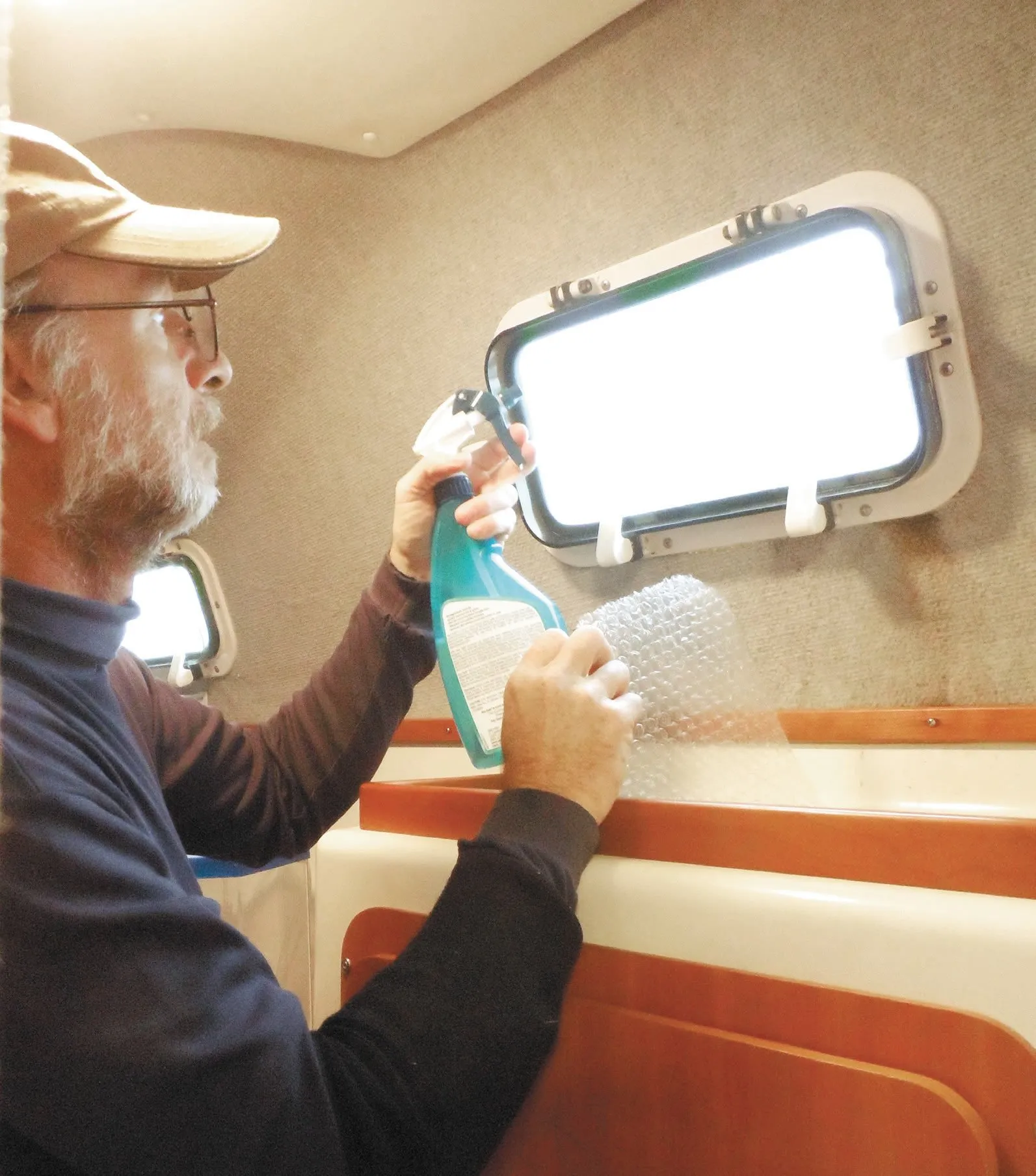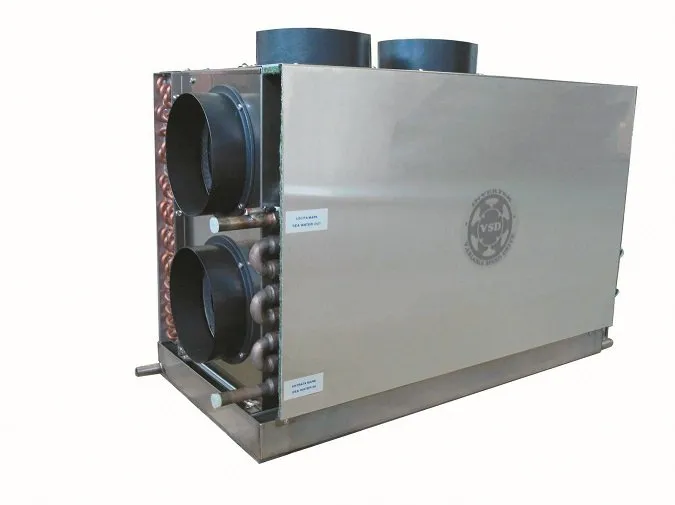Calculating the Right Air Conditioner Size
Estimating size has always been tricky, because it depends on the insulation value of the boat, climate, and how quick you want the boat to cool down. It also depends on window covers and awnings and how much window space you have. Houses, on the other hand, tend to have similar insulation values, and the rate at which they cool is not important because people leave the AC on all summer.
Air Conditioning for Sailboats
One of the great joys of sailing is the state of near nakedness (literal and figurative) to the wind, air, and sea-and the wisdom that comes with it. From that perspective, climate control seems antithetical to the sailors art. But being Practical Sailor (not Philosophical Sailor) we recognize that even the hardiest round-the-world racers seek temporary refuge dampness, cold, and heat. And for one looking to make the transition from the landlubbers life in temperate climates to full-time cruiser in the tropics, the idea of air-conditioning-despite its huge power demands-is alluring.
Test Compares Insulation Below Waterline
First, we set up an R-value test rig, exposing sample materials to a temperature difference and measuring the difference in heat flow (see adjacent photo). The main thing to take away from this is that small areas of very poor insulation-windows or non-cored laminate-will benefit best from insulation.
AWAB, ABA Top Long-term Test
General-purpose, relatively inexpensive hose clamps are all over most boats, but there are some applications where using a higher quality, corrosion resistant clamp is critical-such as engine hoses and through-hulls. Most quality clamps are stamped stainless steel, but there are many grades of steel, and making an alloy stainless and corrosion resistant is complicated and costly. You start with iron, which rusts easily, and through multiple processes, you add proportions of elements such as nickel, manganese, molybdenum, and chromium. Different percentages of these elements will improve the desired strength, hardness, and flexibility, as well as corrosion resistance, of the steel.
Keeping Fuel, Water in their Place
The Environmental Protection Agency (EPA) and the American Yacht and Boat Council (AYBC) are requiring devices that prevent foam and splash during fueling and operation from reaching the carbon canister. If sea water did reach the fuel filter, it could destroy filter effectiveness and compromise venting capacity.
Diesel Fuel System Maintenance Best Practices
Dont look to tank vent filters and fuel additives to solve real fuel-system problems. They are only ancillaries to regular fuel system-management and maintenance, improving reliability even further. Here are some fuel-system management best practices that we recommend.
Installation Best Practices for Fuel Systems
The Coast Guard and the American Boat and Yacht Council (ABYC) have worked together to develop general installation guidelines for the carbon canisters required under the EPA's evaporative emission regulations. While the standards (AYBC H-24) don't specifically apply to the H2Out AVD unit when installed in diesel fuel systems, they represent good basic commonsense and should be followed with any fuel tank vent adsorbent product. We have added a few tips and precautions learned during our testing.
Diesel Tank Vent Filters
Through lab tests and years of field testing, weve found that silica-gel vent filters reduce tank corrosion and improve gasoline stability. But is the same true for diesel fuel and tanks? Thats what this test sought to find out. Testers put two silica-gel diesel tank vent filters through their paces: Pindell Engineerings AVD2 (for tanks up to 60 gallons) and AVD3 (for tanks up to 200 gallons). The results were compared to setups with a free vent and those with a sealed tank.
Dehumidifier Field Tests
When boats are buttoned up in humid climates, the battle against mildew begins. With the goal of keeping onboard humidity below 65 percent, we compared compressor dehumidifiers and thermo-electric dehumidifiers, two active systems for removing moisture, with passive-drying desiccan'ts to determine which is best for keeping mildew at bay. The test products included the Eva-Dry 2000, a small, quiet thermo-electric dehumidifier; two compressor dehumidifiers, the Mermaid Dry-Pal and a Sears 30-pint; and two desiccan'ts weve tested before, Damp Rid and Absorbag. The test platforms were an outside garden shed and a 32-foot catamaran moored on the Chesapeake.
High and Dry for Winter Storage
With the winter haulout season upon us, Practical Sailor testers thought it a good time to look at ways to keep cabins and lockers dry during off-season storage. There are a number of de-humidifying methods and products available; ventilation is the most effective but electric dehumidifiers, absorbent chemicals (desiccan'ts), and electric heaters also work well. This article takes a look at combatting mildew-causing humidity and focuses on calcium chloride and silica gel desiccan'ts like H2Out, Damp Rid, Nordic Dry, and Fresh Step cat litter.

















































